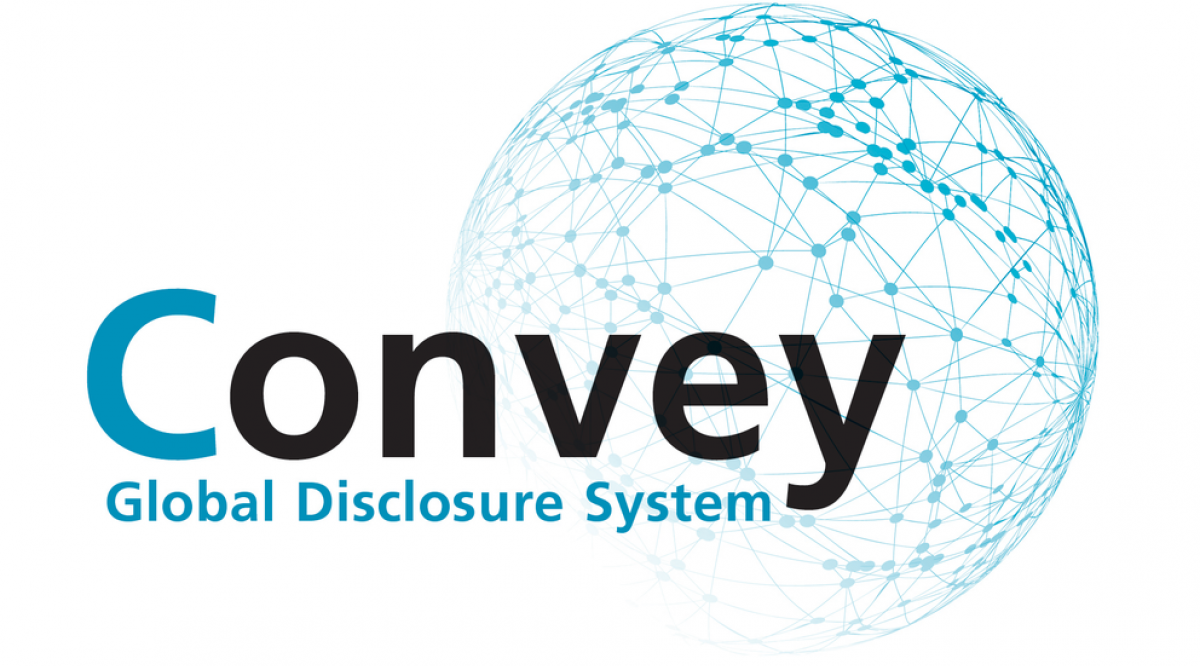Physicians and researchers might need to disclose their financial interests dozens of times per year when submitting manuscripts to journals, speaking at conferences, or working with universities or medical schools. Traditionally, each entity has had its own system to handle such disclosures and review for potential conflicts of interest. But beginning this spring, a new AAMC resource, known as Convey, will serve as a central repository where individuals can enter and maintain records of their financial interests.
The new system is designed to simplify the process and reduce the amount of time it takes for physicians, scientists, and researchers to make required disclosures, said Heather Pierce, JD, MPH, AAMC senior director of science policy and regulatory counsel.
The process for submitting multiple disclosures can be “a very complex maze,” according to Raed Dweik, MD, a professor of medicine at the Cleveland Clinic Lerner College of Medicine. Dweik, who also chairs the institution’s Conflict of Interest Committee, noted there have been “patchworks of systems that address this issue, but there is no current system that ties it all together.” Until now, most institutions and journals have required the use of their own forms.
“The state of play today in disclosure of relationships between physicians and commercial entities is chaotic,” said Allen Lichter, MD, CEO of the American Society of Clinical Oncology. “Every organization does it their own way. Physicians are required to start from scratch with almost any new disclosure at an organization.”
In 2012, an Institute of Medicine (IOM) discussion paper described the structure of a centralized and streamlined process for the disclosure of financial interests. Shortly after the paper was released, an IOM working group asked the AAMC to develop a centralized system. The association worked with representatives from three key groups—scientific journals, medical schools or universities, and continuing medical education programs—to develop and “continually test” what is now Convey, Pierce said.
How it works
Any organization that receives financial interest disclosures can subscribe to Convey for an annual fee based on the volume of disclosures it receives. The platform is free for individual researchers who create a profile and disclose through Convey. Organizations that use Convey will be able to invite individuals to disclose directly to the organization through a unique URL. Each organization will be able to tailor the system with information about the financial interests it requires people to disclose.
When individuals follow a link to Convey from an email, the website of a journal, or other organization, they can add any financial interests they need to disclose. If they have used the system before, Convey will use the organization’s disclosure requirements to indicate which financial interests should not be disclosed. For example, one journal may require researchers to report relationships from the previous three years, so Convey would exclude older relationships. Individual users can then select the conflicts that are relevant for the specific disclosure.
“This project is a tremendous step in the right direction in making the disclosure process less onerous for physicians and researchers,” Lichter said, adding that in many cases, the process also will be easier for organizations “because they won’t have to keep a complex and sophisticated disclosure platform up and running.”
“This project is a tremendous step in the right direction in making the disclosure process less onerous for physicians and researchers.”
Allen Lichter, MD, American Society of Clinical Oncology
Over the past five to 10 years, many journals and institutions have made disclosures publicly available online, making it possible to track a researcher’s industry relationships through his or her publications and look for discrepancies. In addition, the federal Sunshine Act database requires drug and medical device manufacturers to report certain payments to physicians and teaching hospitals, providing another way to track potential conflicts. An unintentional mistake—forgetting to disclose a gift from several years ago, for example—could have serious consequences for a researcher.
Convey includes built-in checks to help users submit complete, accurate disclosures. Researchers have a chance to review their submissions, as well as all financial interests that are stored in Convey but were not included by the user. The information is not sent to an organization until the researcher certifies it is complete. “Convey provides as many ways as possible to prevent mistakes,” Pierce said, adding that there is a greater potential for inadvertent errors without the use of a central repository. “Without Convey, the risk of getting it wrong increases with each new disclosure,” she said. “Researchers are disclosing over and over again from memory. It’s similar information each time but disclosed on different forms at different times.”
Filling out redundant disclosure forms also can take a lot of time. A National Academies of Sciences, Engineering, and Medicine report released last year cited Convey as a way to decrease the time researchers spend on disclosures. According to the report, federal research regulations cause scientists to spend too much time on administrative tasks, like disclosures, and less time on research.
The ultimate goal, Pierce said, is for Convey to become the single system for submitting financial interest disclosures. “We hope physicians and researchers will be able to use Convey every time they need to make a disclosure, whether it is for a journal submission or a talk at a conference,” she said.
The initial stages of Convey will offer stakeholders an opportunity to better understand how it “will make their lives easier,” Dweik said. “I think once people start trying it, they will like it because it will significantly minimize the work for frequent disclosures. I’m very excited about the possibility.”
This article originally appeared in print in the April 2016 issue of the AAMC Reporter (vol. 25, no. 3).
